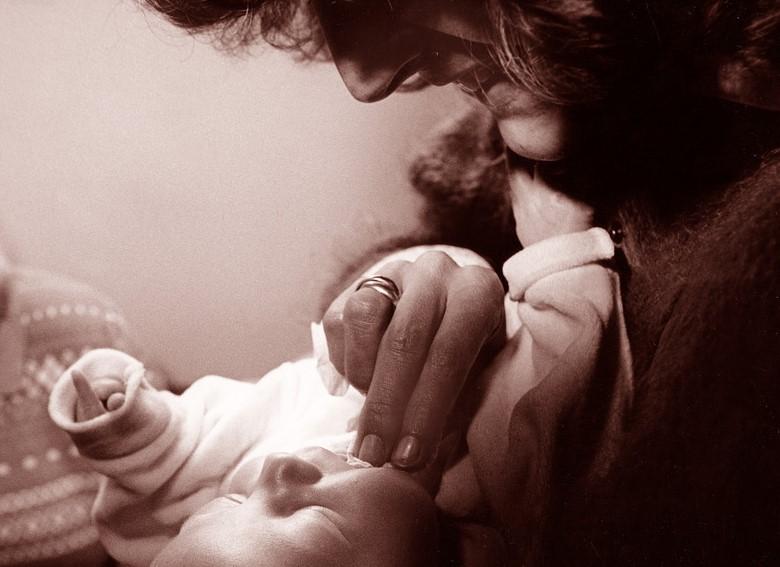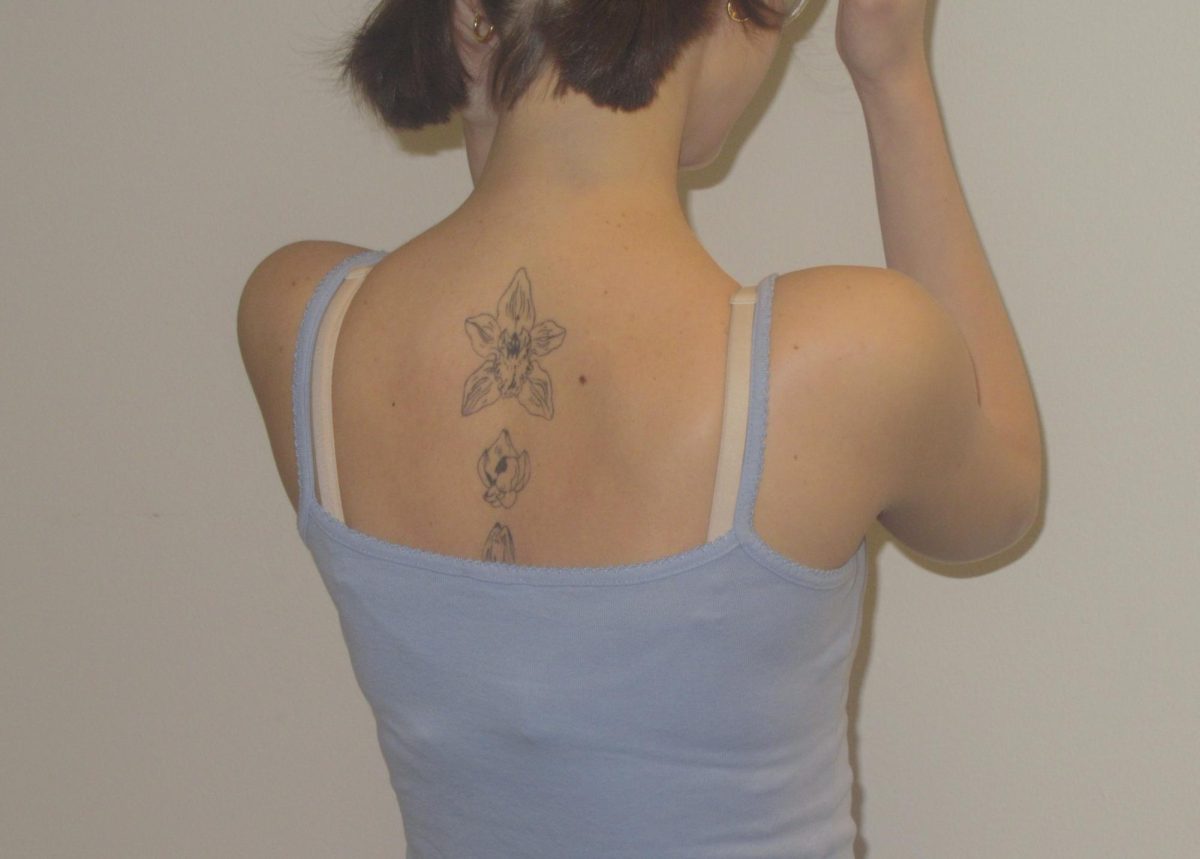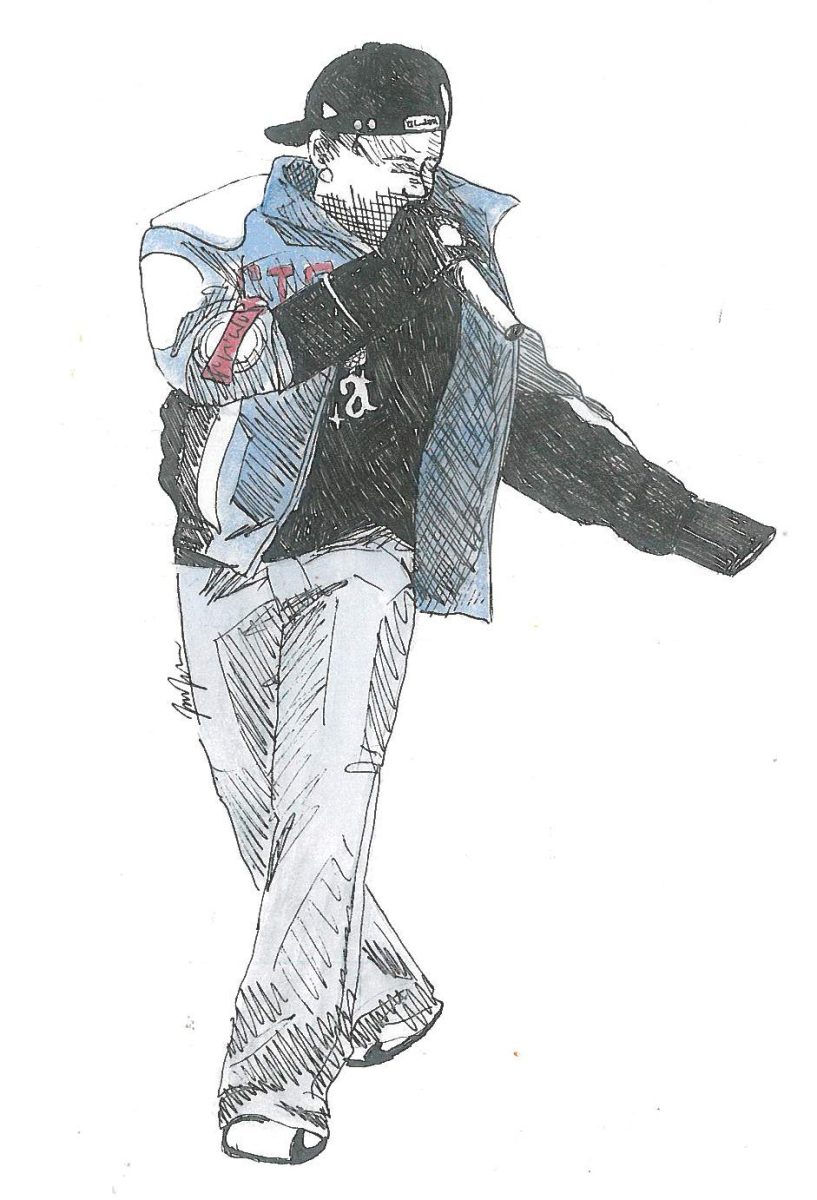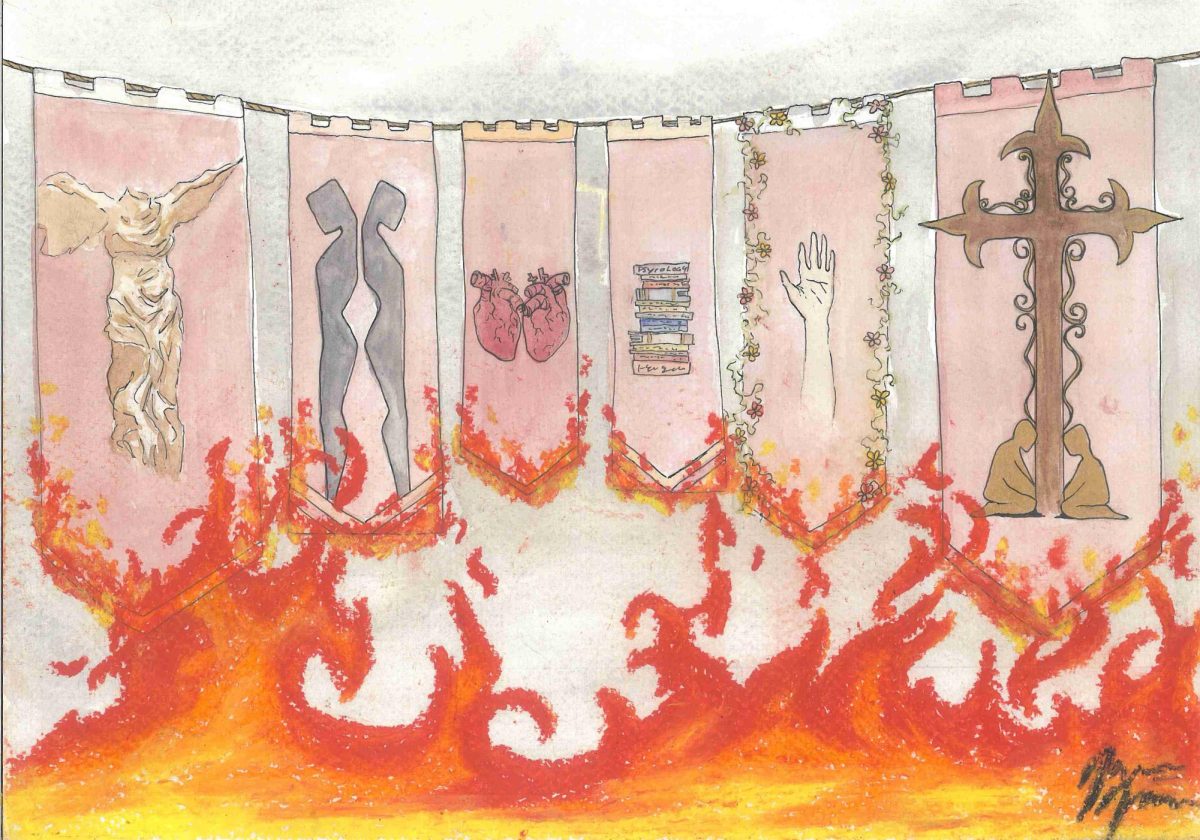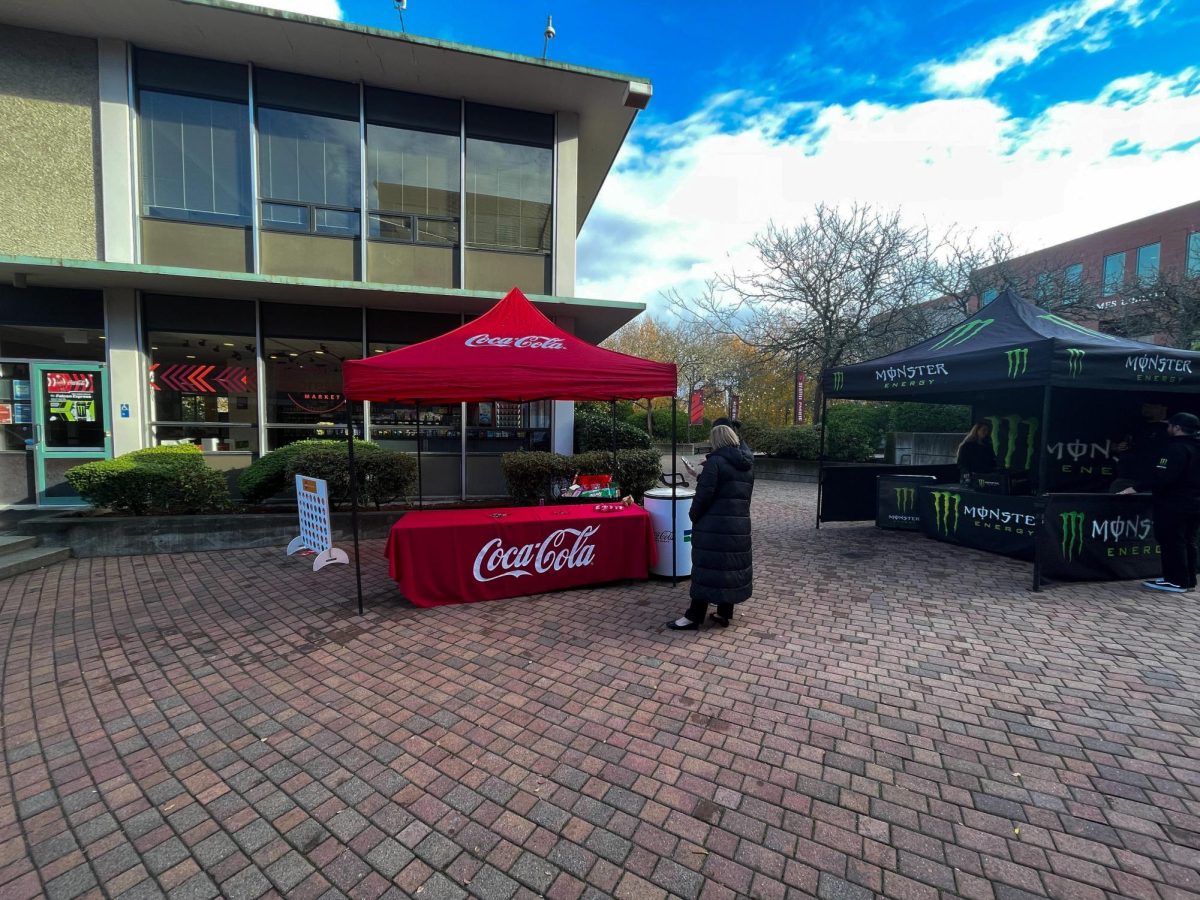How we allow torment to continue
Sexual assault is the most underreported crime with 63 percent of sexual assaults going unreported to police. These statistics get even worse when considering rape, a horrific event that happens to 1 in 5 women but yet is reported less than 40 percent of the time.
According to statistics compiled from the US Department of Justice, of the 39 percent of rapes actually reported to the police, there is only a 16.3 percent chance that the rapist will actually spend time in prison.
When we factor in unreported rapes, that chance falls to a pathetic 6 percent that the rapist will ever spend a day in jail. This means that 15 out of 16 rapists walk free.
Essentially, the majority of rapes result in lasting physical and mental trauma for the victim while the perpetrator most likely walks away unaffected.
But can you imagine a scenario in which the rapist actually benefits from the traumatic experience?
This horrific proposition is a reality for some of the 32,000 women who become pregnant from rape each year. According to the Washington Post, anywhere from 32 to 64 percent of these women choose to raise the child after carrying it to term.
However, by choosing to raise the child a woman leaves herself vulnerable to being forcibly, legally connected to her rapist by the fact that, as of 2017, seven states allow rapists to sue for custody rights.
In some areas of our country, women can be forced to give the man who raped her rights over her own child, be forced to see him, and participate in other measures that tie his life to hers and make him a parent on equal legal legitimacy with herself.
This is completely unacceptable.
While there has been legislation discussed and introduced in several states to change these rules, there are times where the solutions are inadequate.
In Washington state, parental rights are only taken away from rapists if there is a conviction. However, only 23 percent of reported rapes actually result in a conviction, and that number drastically drops to 9.19 percent if we factor in unreported rapes (which compromise 61 percent of rapes in general).
Whether we consider the 23 percent or 9.19 percent, each number is nowhere near good enough to constitute adequate protection of rape victims and innocent children from torment by the monster who has already caused a lifetime of pain.
One of the greatest problems within this issue is the lack of visibility rape has in society. Rape carries an incredible amount of stigma and shame; women who are the victims of rape most often do not come forward due to feelings of fear or guilt.
This causes victims to becomes isolated and unseen. At a time when people need to be lifted up, heard and healed, society often turns away.
This explains why it is possible that thousands of women are forced to share custody of their children with rapists, and no one has noticed. It explains why even the solutions we implement don’t address the root of the issue; when it comes to realities of rape, the real effects are often unseen.
The issues of the realities of rape need to be loudly and publicly addressed if we are to impart real and effective change.
Our society needs to become one in which women and men can come forward and receive true representation in finding justice. We need to be able to put meaning in the words we use in our criminal justice system such as protection and restitution.
We need to bring to light stories that go unheard. Society cannot afford to look away at trauma that is ugly, but instead should be drawn to addressing the issues we don’t want to look at.
If we cannot adequately protect the mothers and children in our society, then what can we stand for?
If we cannot adequately stand up for those who have been wronged, how can we ever know when we are right?
Guaranteeing mothers of rape conceived children true protection and setting up their kids for a future free from stigma starts by bringing issues into the open, addressing root causes, and ultimately imparting change that addresses these sources.
It’s time to stop ignoring and start acting.














































































